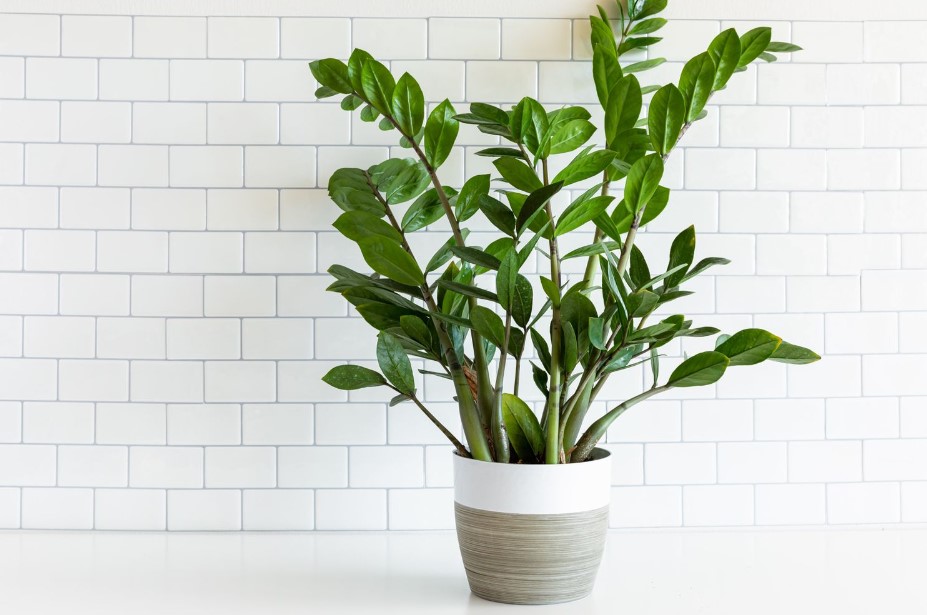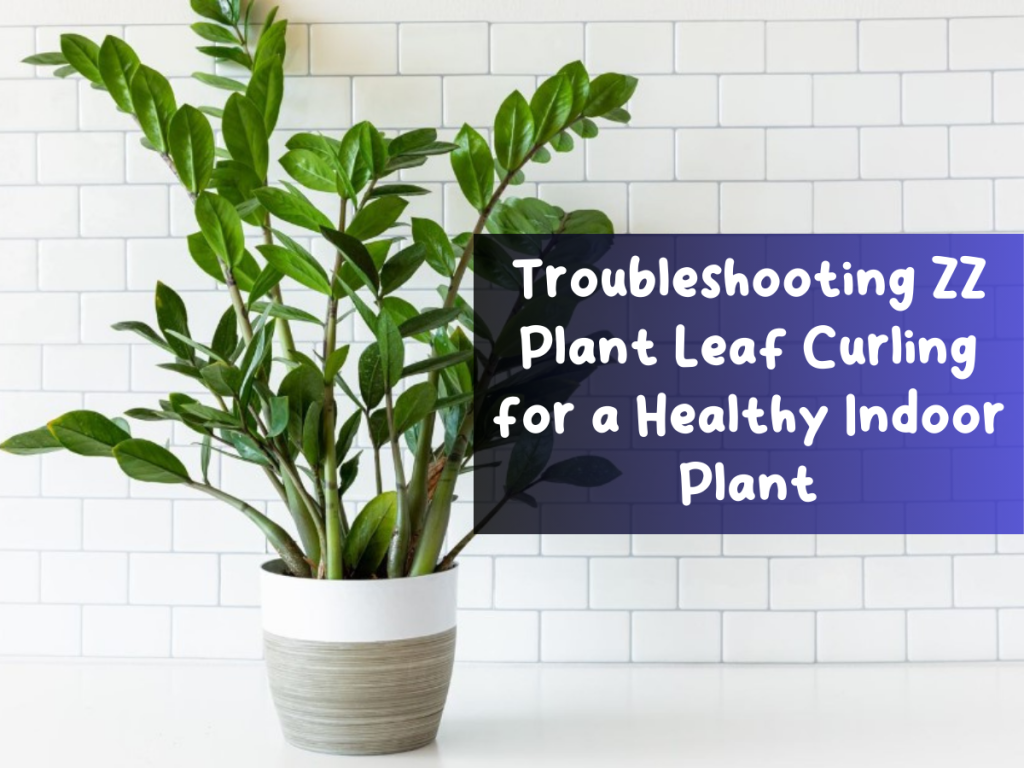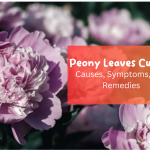Introduction:
Creating an attractive property that impresses guests is a common desire, whether through a vibrant garden, potted plants on windowsills, or a green trellis against a shed. However, maintaining plants can be challenging for those with a less-than-green thumb. Fortunately, the ZZ plant, scientifically known as Zamioculcas Zamiifolia, offers a low-maintenance solution. This indoor plant from the Araceae family is incredibly resilient, tolerating neglect, low light, and drought. Say goodbye to worrying about plant care while on vacation or away from home. This article will explore the causes of ZZ plant leaf curling and provide effective solutions.
ZZ Plant Leaf Curling Causes and Solutions:

Overwatering:
Overwatering is a common cause of leaf curling in ZZ plants. To avoid this issue, water your ZZ plant when the top inch or two of the soil feels dry.
Solution:
- Carefully remove the plant from its pot and inspect the roots for damage.
- Trim dark or mushy roots and repot the plant in a container with proper drainage holes and well-draining soil.
Sunburn:
Direct sunlight can lead to leaf bending and burn in ZZ plants. It is best to avoid excessive exposure to direct sunlight whenever possible.
Solution:
Filter sunlight by using sheer curtains or shades in the area where the ZZ plant is located.
Humidity:
Arid conditions can cause ZZ plant leaves to curl, especially in warm weather. Increasing humidity around the plant can help alleviate this issue.
Solution:
- Group your plants together to create a more humid microclimate.
- Use a humidity tray or humidifier to increase moisture levels.
- Place the ZZ plant in a cooler area to enhance humidity.
Root Rot:
Root rot is a fungal or bacterial disease caused by overwatering or poor drainage, reducing water and nutrient absorption. ZZ plants under stress may exhibit leaf curling as a result.
Solution:
- Remove the plant from its container and trim the affected roots.
- Allow the remaining healthy roots to dry for a day or two.
- Repot the plant in fresh, well-draining soil in a container with good airflow.
Nutrient Deficiencies:
ZZ plants require specific nutrients for healthy growth. Nutrient deficiencies can lead to leaf curling and other symptoms.
Solution:
- Ensure the plant is in nutrient-rich soil and receives proper fertilization.
- Identify specific nutrient deficiencies and provide appropriate supplements or fertilizers.
Frequently Varying Temperatures:
ZZ plants thrive in temperatures between 18 and 27 degrees Celsius (65 and 80 degrees Fahrenheit). Sudden temperature fluctuations, such as drafts or air conditioning exposure, can cause leaf curling.
Solution:
- Relocate the ZZ plant away from drafts or air conditioning units.
- Offer the plant a gentle misting to provide moisture.
- Maintain a stable temperature within the optimal range for the ZZ plant’s well-being.
Soil Moisture:
Poor soil drainage can contribute to overwatering issues and result in leaf curling.
Solution:
- Reduce the frequency of watering to prevent overwatering.
- Report the ZZ plant in a container with well-draining soil to improve water flow.
- Trim damaged roots before repotting using sterile scissors.
Acclimation:
ZZ plants may experience leaf curling when transitioning from the growth conditions in a store to a home environment. This adjustment period is average.
Solution:
- Provide proper care and attention, allowing the plant to acclimate to its new surroundings.
- Monitor the plant closely and address any additional issues that may arise.
Pruning:
Pruning is necessary to remove dead stems and maintain the overall health of the ZZ plant. However, caution must be exercised as all plant parts are toxic.
Solution:
- Carefully remove dead leaves and stems, placing them in a sealed plastic bag for proper disposal.
- Take necessary precautions to avoid contact with the plant’s sap, which can cause allergic reactions or illness.
Conclusion:
Various factors, including overwatering, sunburn, low humidity, root rot, nutrient deficiencies, temperature fluctuations, soil moisture, acclimation, and the need for pruning, can cause ZZ plant leaf curling. Understanding these causes and implementing the suggested solutions can help your ZZ plant recover and thrive. Remember to provide the proper care and maintain a suitable environment to ensure the long-term health and beauty of your ZZ plant. Read article about ZZ Plant Toxic To Cats and Pothos Temperature Tolerance in Avi Hoffman Garden.







